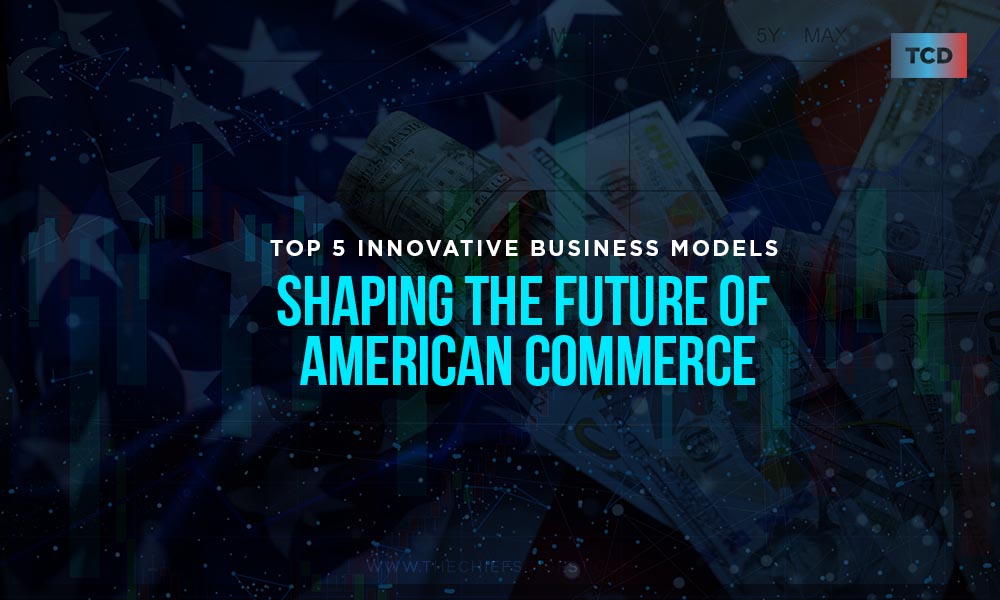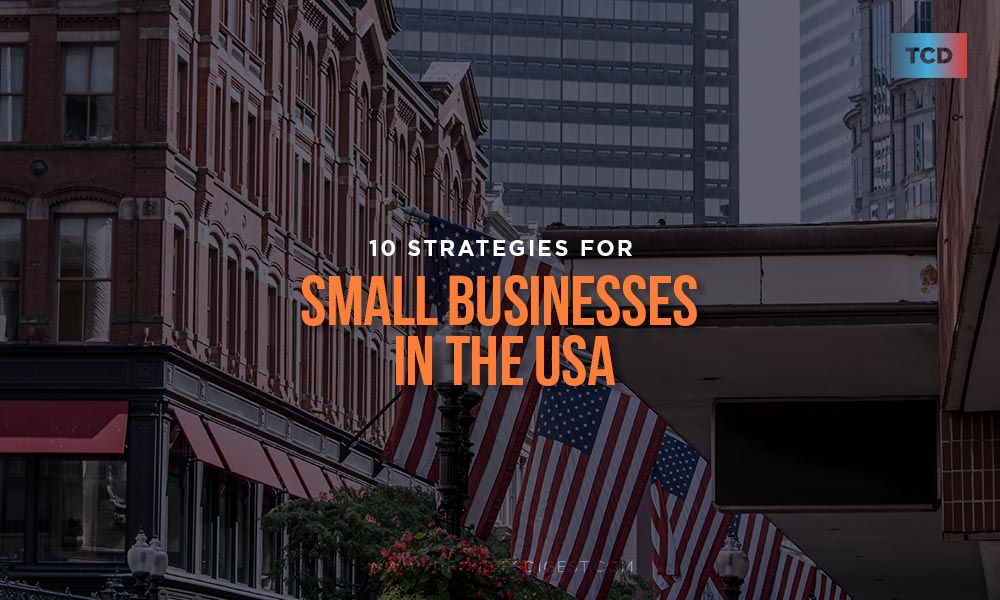In today’s changing business landscape, innovation is more than just a Term; it is key to survival and success. As traditional models are being challenged by technology, consumer preferences, and global challenges, American businesses are implementing new approaches to remain competitive. Here, we take a look at the top 5 innovative business models shaping the future of commerce in the United States.
Here we have listed the top 10 Innovative Business Models –
| 1. | Subscription-Based Services |
| 2. | Sharing Economy Platforms |
| 3. | Direct-to-Consumer (DTC) Brands |
| 4. | Platform as a Service (PaaS) |
| 5. | Circular Economy Models |
| 6. | Personalized Product Offerings |
| 7. | Access Economy |
| 8. | Collaborative Consumption |
| 9. | Hybrid Retail Models |
| 10. | Experience-Based Business Models |
1. Subscription-Based Services
Innovative businesses are shifting from traditional one-time transactions to recurring revenue streams through subscription-based models. Companies like Netflix and Spotify have revolutionized entertainment, while others offer subscription boxes for everything from beauty products to meal kits. These models prioritize customer retention and foster long-term relationships.
Read More about Subscription-Based model
2. Sharing Economy Platforms
Platforms like Airbnb and Uber have transformed industries by enabling individuals to share resources and services. By leveraging underutilized assets, these businesses create economic opportunities and provide convenient solutions for consumers. The sharing economy promotes efficiency, sustainability, and community building.
3. Direct-to-Consumer (DTC) Brands
Direct-to-consumer brands bypass traditional retail channels, allowing them to control the entire customer experience from production to distribution. By cutting out middlemen, DTC brands offer higher quality products at competitive prices while building direct relationships with their audience. Companies like Warby Parker and Casper have disrupted established markets with their innovative approach.
4. Platform as a Service (PaaS)
PaaS providers offer cloud-based platforms that allow businesses to develop, run, and manage applications without the complexity of building and maintaining infrastructure. By providing scalable solutions, PaaS accelerates innovation, reduces costs, and enables companies to focus on their core competencies. Platforms like Amazon Web Services (AWS) and Microsoft Azure are powering the digital transformation of businesses across industries.
5. Circular Economy Models
In response to environmental concerns and resource scarcity, businesses are adopting circular economy models that prioritize sustainability and waste reduction. Instead of the traditional linear “take-make-dispose” approach, circular models aim to keep products and materials in use for as long as possible through recycling, refurbishment, and sharing. Companies are finding innovative ways to design products for longevity and implement closed-loop systems.
Conclusion
As American commerce continues to evolve, innovative business models are reshaping industries, challenging the status quo, and driving economic growth. From subscription services to circular economy initiatives, these models prioritize customer value, sustainability, and adaptability in an ever-changing world.
FAQs
1. What are some examples of successful subscription-based services?
Ans – Subscription-based services span various industries, including media (Netflix, Spotify), software (Adobe Creative Cloud), and retail (Blue Apron, Dollar Shave Club).
2. How does the sharing economy benefit both consumers and providers?
Ans – The sharing economy promotes resource efficiency, generates additional income for providers, and offers convenient and affordable services for consumers.
3. What advantages do direct-to-consumer brands have over traditional retailers?
Ans – DTC brands offer greater control over the customer experience, access to valuable data insights, and the ability to offer competitive pricing without middlemen markups.
4. How does Platform as a Service (PaaS) enable innovation?
Ans – PaaS provides businesses with scalable infrastructure, development tools, and ready-to-use services, empowering them to focus on innovation and accelerate time-to-market for new products and services.
5. What role does sustainability play in circular economy models?
Ans – Circular economy models prioritize sustainability by minimizing waste, promoting resource efficiency, and encouraging the reuse, repair, and recycling of products and materials.








